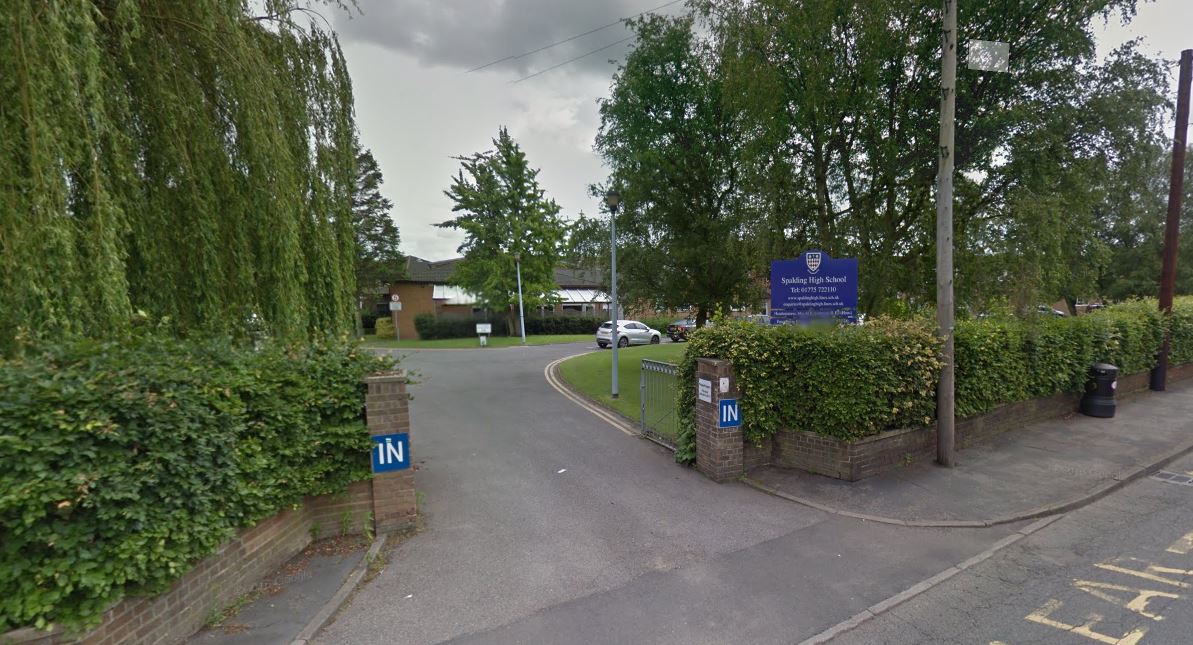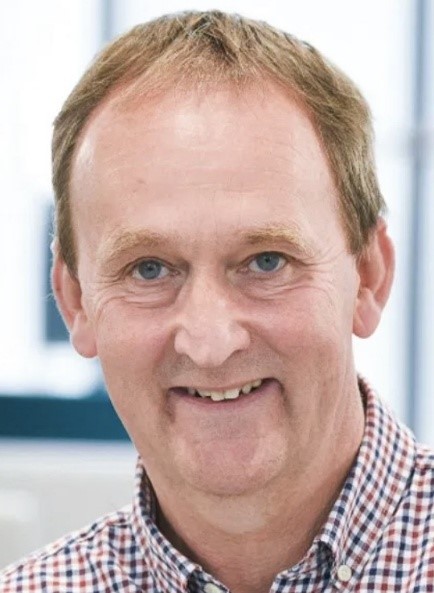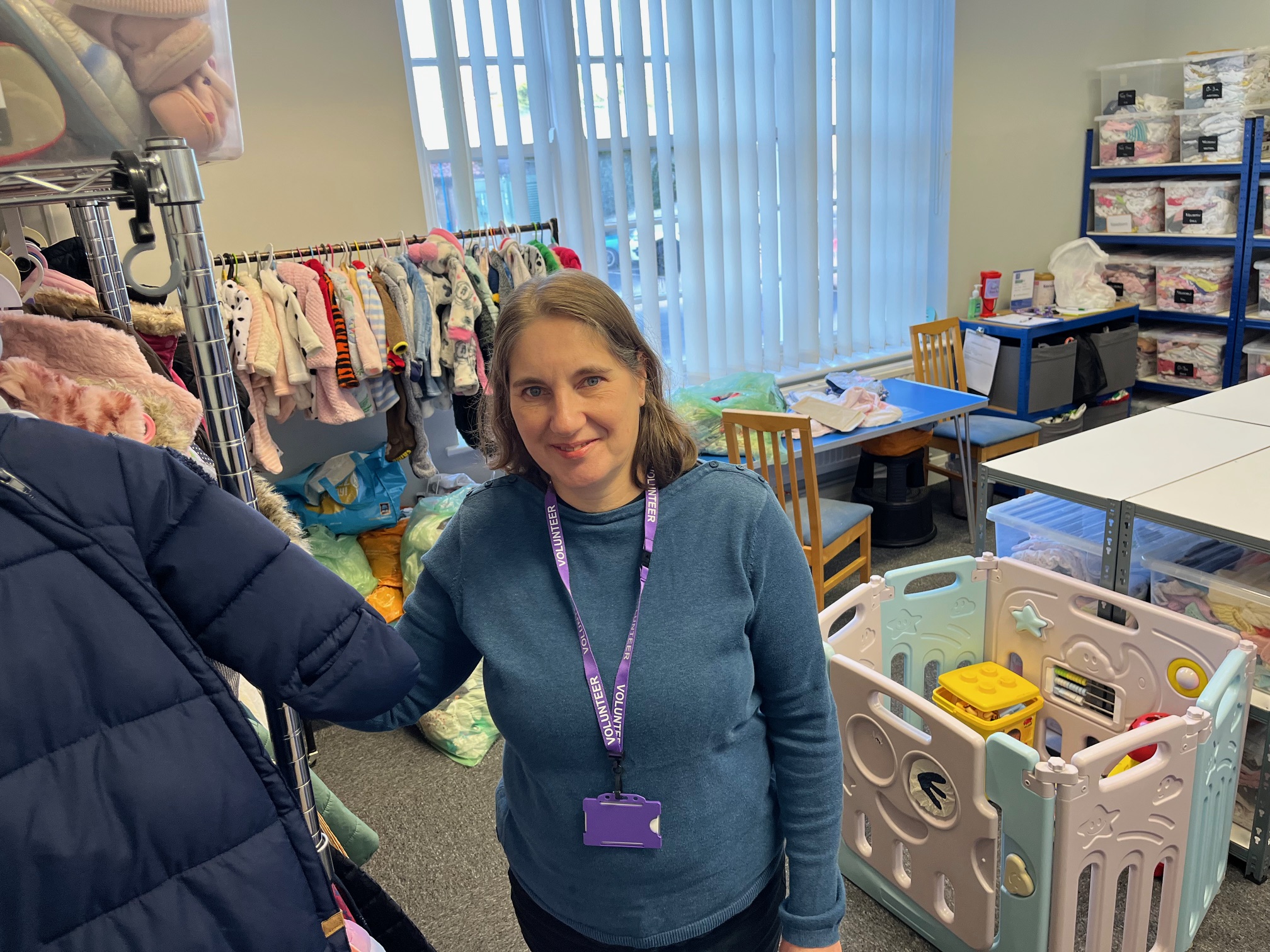It could be March before all the staff at a hospital trust have been given the COVID-19 vaccine it’s been revealed, as health bosses gave an update on how the virus is affecting Lincolnshire.
The United Lincolnshire Hospitals NHS Trust (ULHT), which oversees hospitals including Boston, has more than 1,000 staff off ill, a meeting of Lincolnshire County Council’s Health Scrutiny Committee was told last week.
The result led to some pauses in cancer operations at hospitals, which councillors were told, currently has the highest number of people in for one reason (COVID-19) in the trust’s history. The figures stood at 30 per cent, with another 30 per cent thought to be COVID positive.
The shortfall was despite around 100 health staff signing-up to return to the profession if needed.
Andrew Morgan the CEO of the ULHT told the meeting the significant absences are “partly driven by COVID”.
That does make it very difficult to manage some of the services. When you overlay on that the vacancies that’s a double whammy around our ability to provide services.
“That’s some of the pressures that we face.
“We don’t just accept that position. We do everything possible to try and keep our staff healthy and well.
“We’ve currently vaccinated 81 per cent with the flu vaccine.
“There’s lateral flow tests for front line staff and we’ve just started the COVID vaccine to vaccinate the highest risk NHS staff across the system.”
The first vaccines are going to those aged over 80, care home and NHS staff across Lincolnshire.
“We want to be able to vaccinate all the NHS staff in the system by the end of March, but there’s a lot of planning needed to make that happen,” said Mr Morgan “At the moment that’s an aspiration. I don’t have the supply chain of vaccines to be able to prove that, but that’s the planning basis on which we are proceeding.”
Coun Chris Brewis asked a question about people in his ward of The Suttons having to travel to Lincoln for the vaccine at the time.
“I would expect more local vaccination centres to be open during the coming weeks,” Mr Morgan answered.
“I anticipate the overwhelming majority of your constituents will get their vaccine in a local centre ran by the primary care network. There will also be large vaccination centres set up as more vaccines come on but we don’t have a date when those will be up and running.”
A question was also asked comparing current hospital admissions in relation to the usual increase seen during the flu season.
Simon Evans, ULHT chief operating officer, said: “The numbers we have in hospitals are significantly higher in terms of what we would ever experience in terms of the flu season.
“That tends to be a mixture of flu and other things going off which is why they tend to be in hospital, but I don’t think we’ve recorded in our history up to 60 per cent, or 30 per cent confirmed with one single condition.”
Derek Ward, the director of public health in Lincolnshire, said: “There’s anywhere between 8,000 and 15,000 deaths in a really bad flu season and the UK rate of deaths from COVID at the moment is 65,000 and we’ve not had a full year.”
Mr Ward also said that they were preparing for a ‘significant rise’ in COVID-19 cases in January.
“I think we’re experiencing a lot of setting-based outbreaks, some of that being having a more elderly population and more care homes.”
On the government’s advice for Christmas he said: “Just because you can do something, doesn’t mean you should and that’s something everyone in Lincolnshire needs to consider.
“Especially if you’re in a higher risk group and have concerns.
“This Christmas, as far as I’m concerned, we should treat very differently from a normal Christmas in lots of ways.”
Mr Ward did say he felt there was light at the end of the tunnel.
“The bright thing is we will find and we have found, ways to deal with COVID-19 as a specific disease so I do not see it as being a disease we’ll need to worry about at this point next year.
“We’re getting much better at treating it and as more people get vaccinated the disease will find it harder and harder to take hold of a population.”







